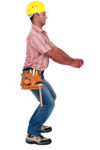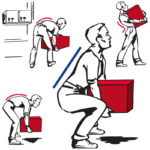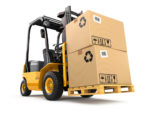Hoists, Cranes and Lifts can be found in any workplace, In the workplace, there are lots of other machines that could potentially cause harm. These can be small mobile hoists to tower cranes on a building site or a lift in an office. Other examples covered in this section include: • Ropes and pulleys • […]



